The world of Swiss watchmaking is filled with intriguing stories, compelling characters, and centuries of narratives that are worth recounting. That’s one of the reasons why the distinct lack of quality documentaries discussing horological history has always been frustrating. The films that do exist are either too focused on marketing than the truth or aren’t available to the general enthusiast.
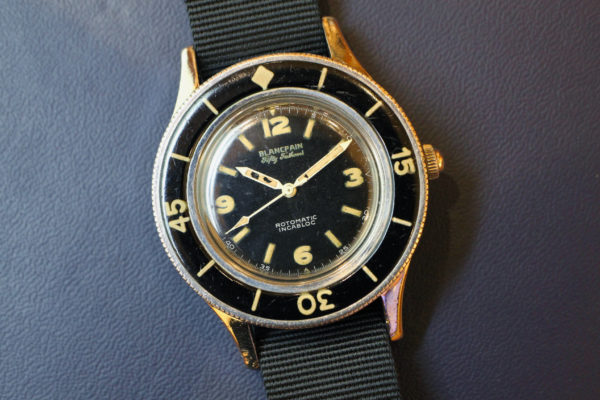
One such story, that of the modern dive watch, is the focus of a new documentary that is slowly making the rounds with a series of premieres around the world. Produced by Blancpain and directed and written by Jeffrey Kingston, Fifty Fathoms: The History as Told by the Pioneers Who Created It goes behind-the-scenes and details the origin of the emblematic Fifty Fathoms, the world’s first timepiece that scuba divers could depend on with their lives.
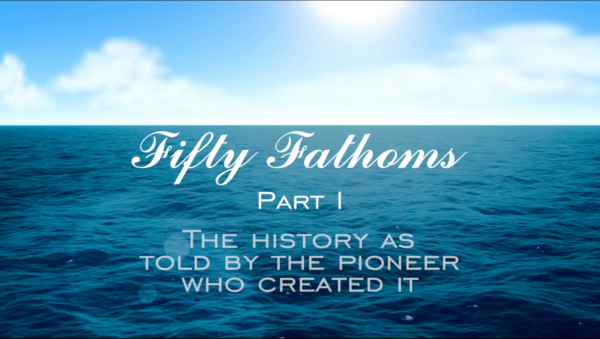
The documentary began development in 2017 after Blancpain approached Kingston, who is a longtime Blancpain historian and maintains a close relationship with the Swiss brand, about preparing a few questions for an upcoming interview with the watch’s creator, Jean-Jacques Fiechter.
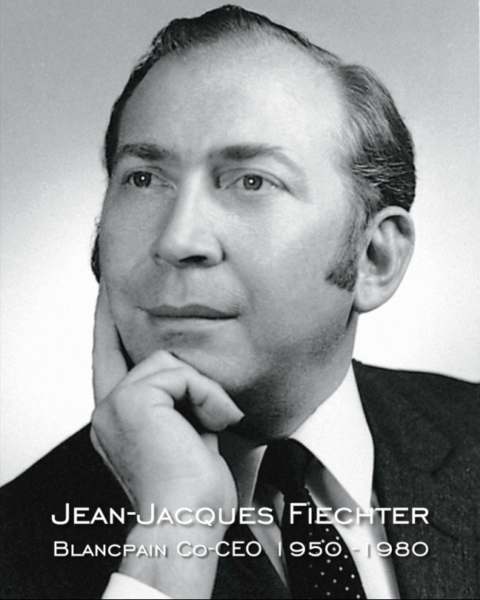
“I thought about it for a little bit and I thought, no, that’s not what should be done,” says Kingston. “That’s going to be dry, not very interesting, and probably not do the best job of telling the whole story because there are so many other elements. For example, he wasn’t really a part of what occurred when the Fifty Fathoms [entered] the United States. I proposed that we do a real documentary, and I sat down with [Blancpain CEO] Marc Hayek, explained what my idea was, and he gave me the green light to do it.
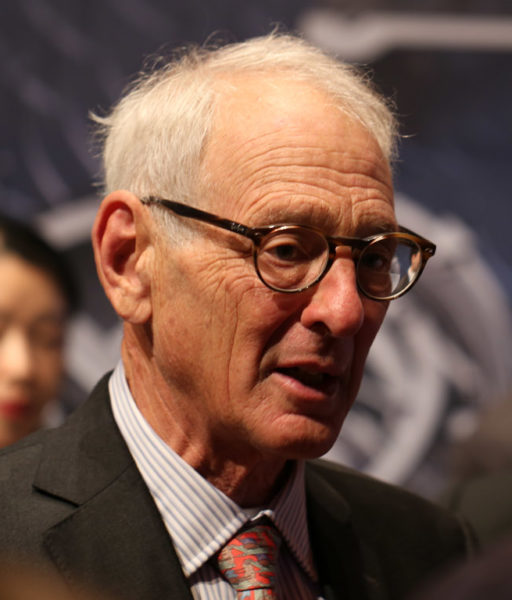
For those already familiar with the story of the Fifty Fathoms, the film doesn’t waste time recounting facts that your local boutique manager could recite; rather, Kingston sources the story from the men who were there. Fiechter and Robert “Bob” Maloubier, the driving forces behind the Fifty Fathoms’ development, are both heavily featured through live interviews (the footage of Maloubier, who passed away in 2015 at the age of 91, was filmed at a boutique event in Paris around 2012) during the film’s first half.
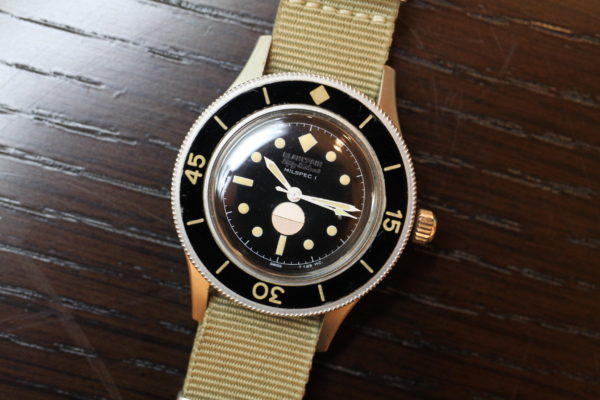
Split into two separate parts, the film’s opening is focused on the watch’s genesis and initial growth, while the second half details the Fifty Fathoms’ 21st-century resurgence under the aegis of the Swatch Group. The components that comprise a proper dive watch are well established nowadays, but in the early 1950s, when scuba diving was in its infancy, there were no real regulations or guidelines. Fiechter, an executive at Blancpain and an early proponent of the underwater activity, was diving off the coast of France when he lost track of time and ended up running out of air, prompting an immediate ascent to the surface without stopping for decompression, leaving him at the risk of the bends.
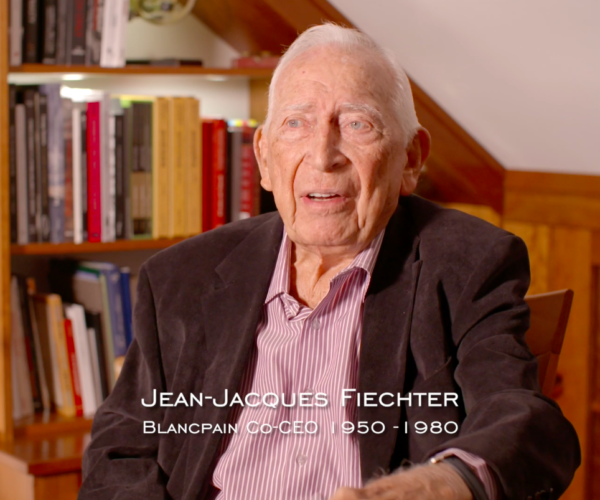
Fiechter soon realized that — in addition to masks, fins, and oxygen tanks — all divers needed a timing device, an instrument that could indicate dive time at a glance. Fiechter began experimenting with what would eventually become the Fifty Fathoms, developing new positioning for the caseback and crown gasket that would protect the timepiece from the constant pressure of water, achieving a patent for both designs. In addition, due to the fact that chronographs could not be activated underwater at this point in watchmaking history, Fiechter introduced a unidirectional bezel that would allow the watch’s wearer to track how much time was spent underneath the waves.
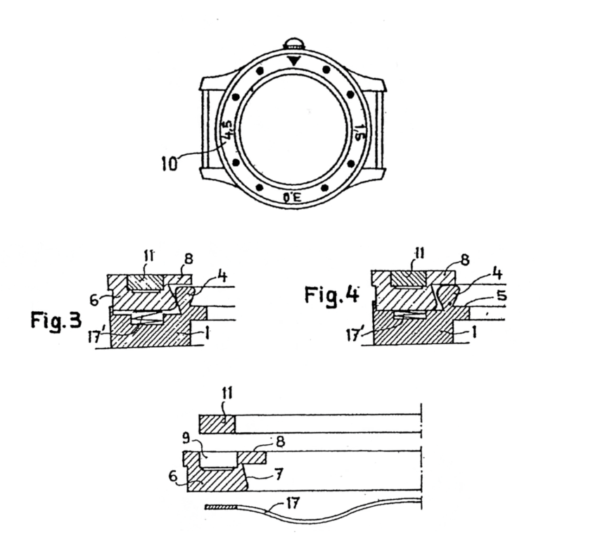
Around this time during the Fifty Fathoms’ development, Maloubier — a French secret agent that served in the British Special Operations Executive (also known as Winston Churchill’s Department of Ungentlemanly Warfare) — needed water-resistant watches so that the his men could effectively conduct underwater espionage. After testing dozens and dozens of wristwatches that all failed (Maloubier hilariously describes this process by quoting one of his men who said to him, “Captain, Captain, my watch isn’t waterproof! I found a baby grouper in it!”), the diving equipment manufacturer Aqua Lung (then Spirotechnique) put him in contact with Fiechter and Blancpain.
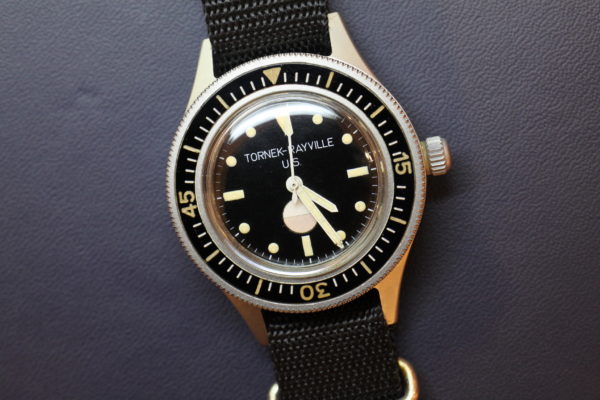
Having already achieved the precious requirement of water resistance, Fiechter and Blancpain were happy to supply Maloubier and the French Combat Navy with watches. Despite modern rumors stating otherwise, the documentary confirms that the French division only had influence over the addition of a Soft Iron Anti-Magnetic Case Shield. Word quickly spread about Blancpain’s success, and the Fifty Fathoms soon became de rigeur for seafarers worldwide. Jacques Cousteau wore a model while filming his seminal 1956 documentary The Silent World, and the German Navy requested models for their men with the addition of a screwed-in crown. Blancpain soon introduced the Bathyscaphe, a smaller version with date intended for female and amateur divers. Finally, the U.S. caught on thanks to U.S. distributor Allen V. Tornek, who imported the watches under the Tornek-Rayville brand and won the U.S. military contract over Rolex, Bulova, and Aquadive. All four brand submitted their watches for testing, and only Blancpain’s proved resilient enough for the U.S. Navy.
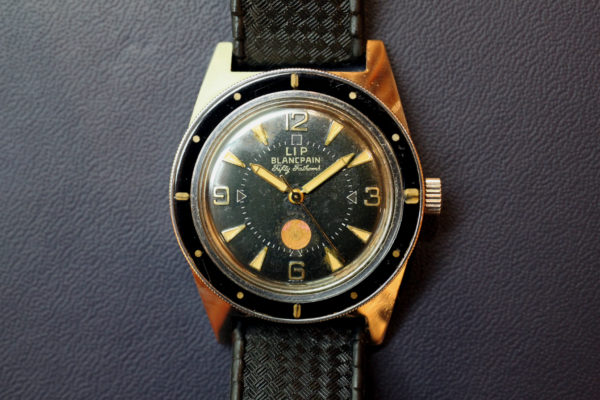
This period was one of the most research intensive for Kingston, and involved reviewing test reports from the U.S. Navy that had been classified as top secret for decades. Then, frustrated by a lack of concrete details, Kingston took a broader approach.
“Just on a whim one day, I googled Tornek and I thought, well, maybe I’d find something new about him and it would add a little bit of dimension to the way in which we talked about him,” he says. “And lo and behold, I found out that there was a Terry Tornek who was mayor of Pasadena, CA, so I called the mayor’s office and in fact that was his son. His brother, Larry, who was older, had been involved in some of this testing at the United States Navy, and he remembered a lot from what his father had done, so Terry put me in touch with Larry, and I was able to learn more about the U.S. requirements than ever before.”
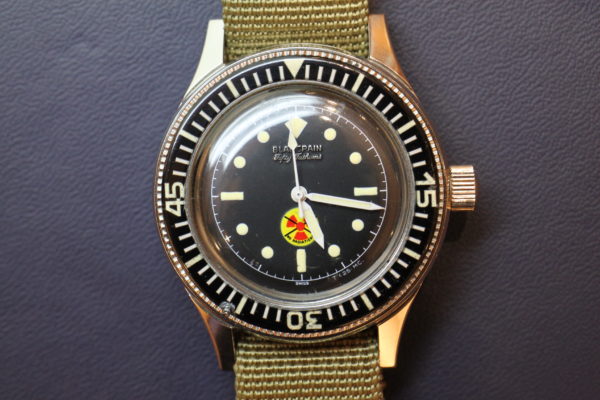
The first half of the film draws to a close with the sale of Blancpain to Frédéric Piguet, where the brand played a key role in the revival of mechanical watchmaking after the Quartz Crisis thanks to the marketing-driven mind of Jean-Claude Biver. During this time, the Fifty Fathoms range was unfortunately put on hold in favor of dress and complication watches.
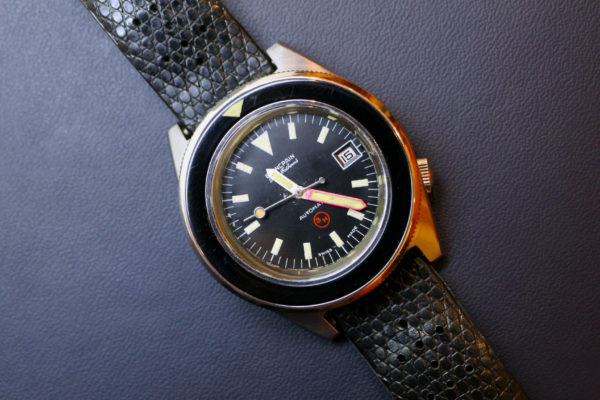
The second half begins with a sweeping drone shot of the Vallée de Joux, and details how Biver restored Blancpain to its former glory prior to the company’s acquisition by the newly formed Swatch Group (formerly SSIH/ASUAG). This part of the film is shorter than the first, and touches on everything from the original Trilogy of timepieces for Land, Sea, and Air in 1997 that marked the first modern appearance of the Fifty Fathoms, to the collection’s official rebirth in 2007 with a brand-new manufacture movement, and even the release of the X Fathoms, a watch developed to compete with the technical superiority of modern dive computers. Finally, CEO Marc Hayek — a lifelong diver himself — personally goes over the foundation of the Blancpain Ocean Commitment series as well as the brand’s support of various endeavors like the Laurent Ballesta Gombessa project.
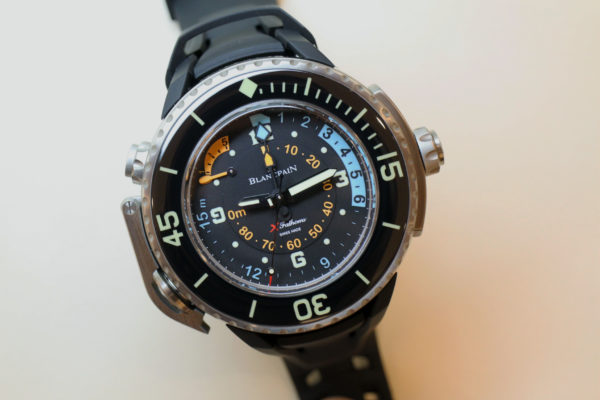
Featuring narration by Emmy-award winner Peter Coyote, Fifty Fathoms: The History as Told by the Pioneers Who Created It is a new reference point for watch enthusiasts everywhere. Dive watches are some of the most widely available watches in the world, and Kingston wanted to bring the story of the first one to life.
“I wanted to explode some of the myths,” he says. “There are lots of myths about the origin of the modern dive watch and claims made about other watch companies who say that they were first, or at worst, came about at the same time as the Fifty Fathoms, which just isn’t true. I also want people to realize that Fiechter truly was a pioneer. That this was truly the first dive watch, and that it has defined the genre as it exists today.”
Fifty Fathoms: The History as Told by the Pioneers Who Created It is currently being shown on a limited basis at Blancpain boutiques around the world and will eventually be available to watch online. It’s already been shown at the New York and Hong Kong boutiques and will be featured at the London boutique in November. For those that missed the New York premiere, there will be a special presentation of the film with an introduction from Kingston at WatchTime New York 2019 next month — click here to get your tickets.

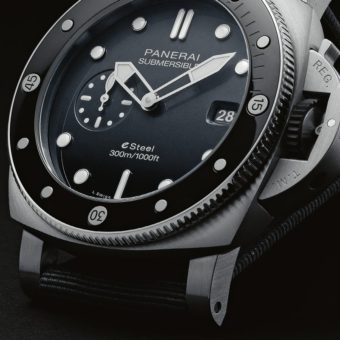
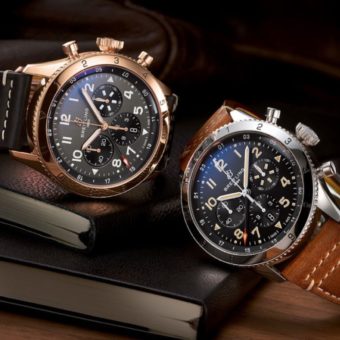
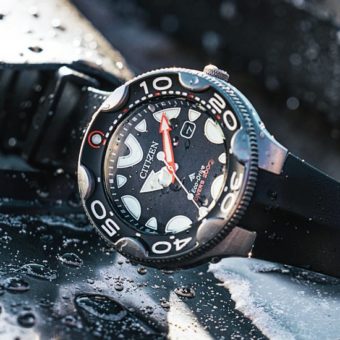
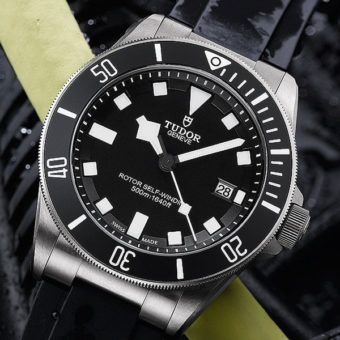
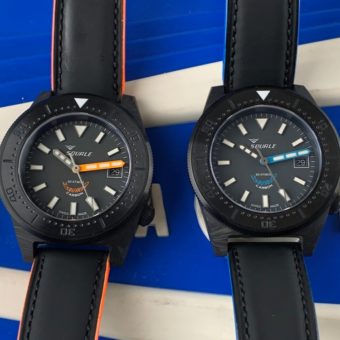

The Fifthy Fathoms was beside the ZODIAC seawolfe the first commercially produced diving watch. From the time of the SSIH my uncle and my faher became friends to Jean Jacques Fiechter . A long history from past times.